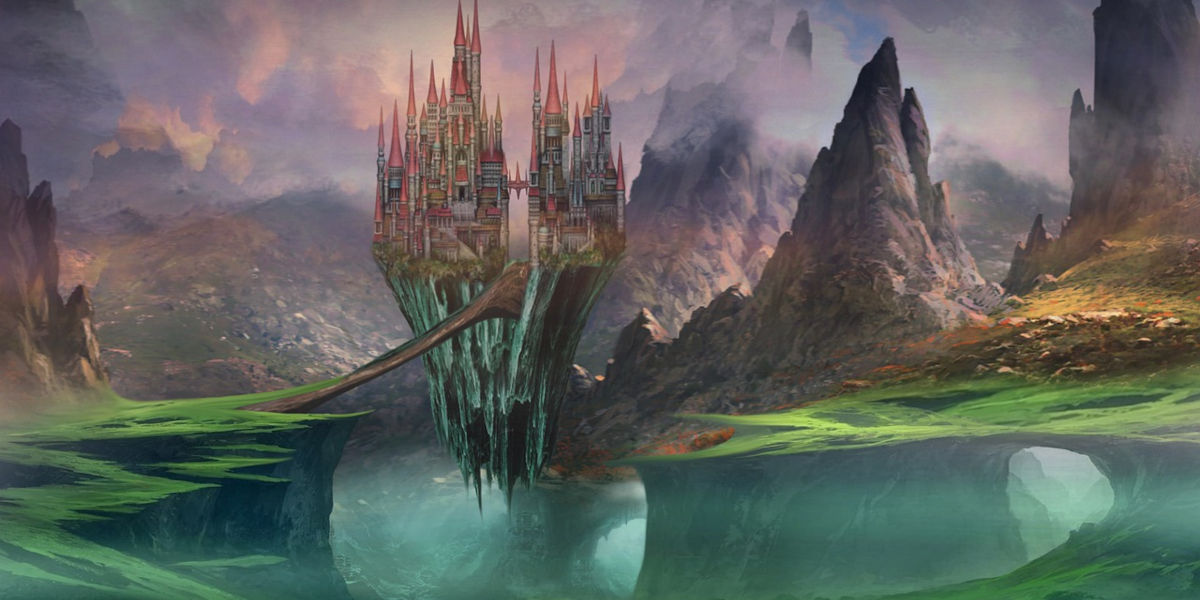Creating game artwork that captivates is no small task, requiring balance between aesthetic appeal and narrative value. It may sound daunting, especially for amateur game designers, but learning the game artwork techniques that professionals use to craft their visuals can tremendously impact how your game is received. With the right combination of skill, knowledge and the right toolset, anyone can create dazzling visuals.
In this comprehensive guide, weíre going to delve into game artwork techniques that are designed to elevate your game's visual appeal. We will also discuss what software is used for creating game artwork that truly captivates. Brace yourself for a deep dive into the world of game artistry.
Delving into Game Artwork Techniques
Beneath every riveting video game is a suite of compelling visuals that engage the player's eyes and imagination, carefully crafted using a blend of game artwork techniques that enchant and inspire. So, how can you as a game visual designer harness these techniques to elevate your game? Let's delve right into this fascinating subject below.
Creating Depth with Layers
The idea of creating an illusion of depth in a 2D environment can feel paradoxical. However, it's one of the unique game artwork techniques that can create a captivating visual field that pulls the player into your artistic world. The trick is in layering your artwork.
By creating multiple layers with varying levels of vibrancy, saturation, and focus, you can design an image that feels three-dimensional. Background layers should be less saturated and slightly blurred, creating an illusion of distance, while foreground objects should exhibit more vibrant colors and a sharper focus, helping the player understand where the action is.
Contrast as a Way to Accentuate Key Elements
Contrast is not only about colors; itís about distinguishing elements within the visual field. For example, if there's a crucial object or character that the player must notice, using contrast effectively can draw the player's eye and attention right where it needs to be. You can apply contrast in terms of color, size, value, and even texture.
What Software Is Used for Creating Game Artwork?
Now that we have a clear grasp of essential game artwork techniques, let's switch our focus to the tools of the tradeósoftware. There are countless applications available for designing game visuals, but a few have become industry standards due to their extensive features, reliability, and user-friendly interfaces.
As an experienced author and a lover of art in its many forms, Iím excited to continue our discussion about the art that captivates. Specifically, weíll delve into the techniques to elevate your game's visual appeal. Art, in its essence, is a storytelling toolóa conduit of expression that transcends communication barriers and invokes a sense of intrigue in the beholder. When integrated into video games, it can exponentially increase its visual allure and universality.
Continuing from where we left off, we'll explore more strategies that can make your video game visually enchanting, thus enticing a larger audience.
Make it Unique
Your art should portray the distinctiveness and originality of your game. When developing a game, don't fall into the convenience trap of relying on standard, overused themes or aesthetics. Dare to dream, dare to be different. The exclusivity of your gameís art can make it distinguishable amongst the myriad games on the market. This doesnít mean you shouldnít draw inspiration from others, but inspiration must not lead to imitation. Ensure your game retains its unique identity.
Detailing
Well thought out details can create a more immersive gaming environment and provide depth to your game's visual appeal. Elements such as background scenery, character costumes, or props can significantly enhance the player's experience, often contributing to storytelling and driving playersí engagement.
Fine detailing within the art can also generate curiosity, making players pay more attention and increasing their desire to explore the gameís universe. However, do remember that the type and degree of detailing would be dependent on the overall style of your game.
Effective Use of Colour
A strategic palette choice is integral to any gameís visual appeal. The right colour combinations can set the mood, narrate a story and elucidate gameplay mechanics. For example, a horror-themed game would leverage deep, muted shades to create a tense, eerie atmosphere. On the other hand, a fantasy-based game is more likely to adopt vibrant, ethereal tones to foster an enchanting experience. Remember, your colour palette should be in alignment with your game's story, characters, and essence.
Cinematically Speaking
Cinematic techniques such as perspective alterations, dynamic lighting, or shadows can dramatically enhance your art's visual appeal. More often, these techniques contribute towards creating a particular mood, and if executed well, can disclose a significant impact on the playerís experience. Remember, such techniques, while adding depth to your game's art, should also be consistent with the overall art style and theme of the game.
In conclusion, to captivate your audience with your game's visuals, a unique approach, attention to details, thoughtful use of colours and effective infusion of cinematic techniques is key. Your art should not solely be about aesthetics; it should be a meaningful tool that helps your game speak to its players, create memorable experiences and stand apart in the saturated gaming market.




